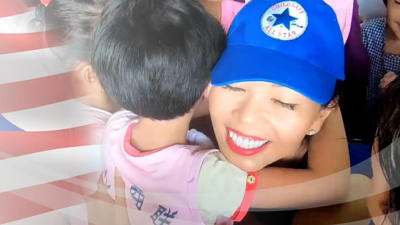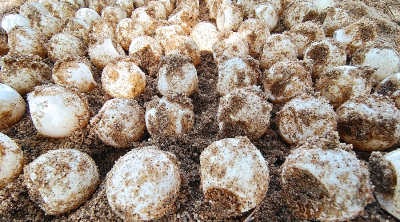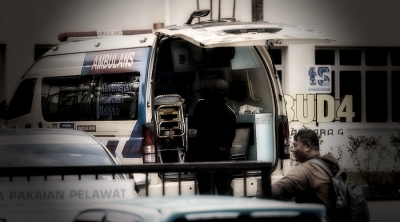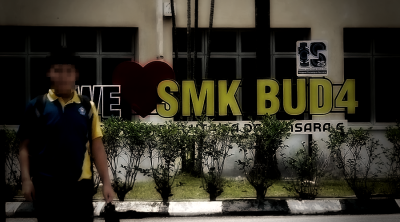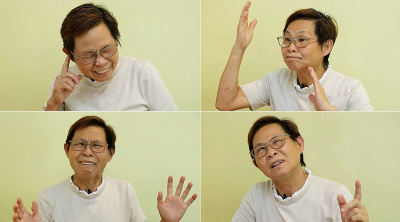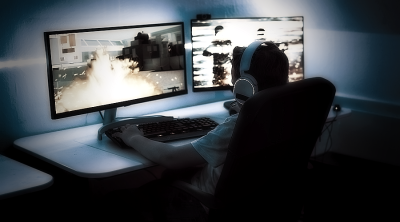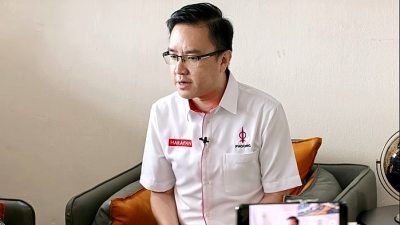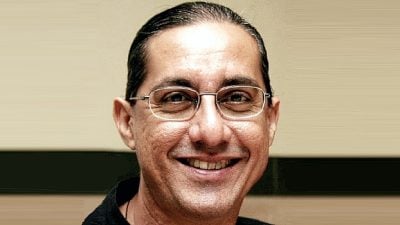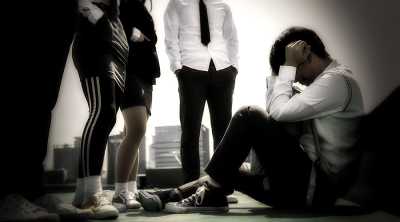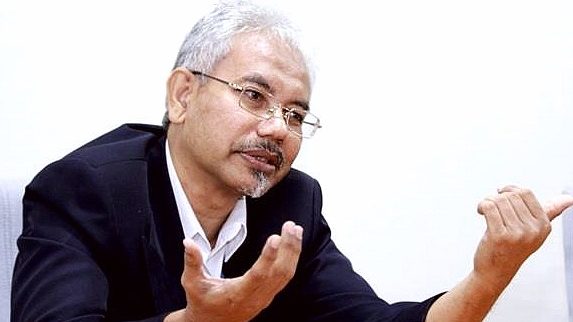
In many of my talks since five years ago, I began to coin the idea of building a parallel Malaysia.
What is a parallel Malaysia, you might wonder? It is simply an academic reflection of over 20 years watching, writing and responding to the many issues of social mistrust and religious conflicts that had me thinking that Malaysia indeed is like a terminally ill patient.
Thus, following the advice of Buckminster Fuller of not wasting time and energy engaging the establishment and spending time and energy to build something new so that it would eventually eclipse the old ideas, I then mooted the idea of a parallel Malaysia that is the dream of many of us, and realistically achievable even within the lifespan of those reading this article.
When Abang Jo first proposed the idea of the nation of Sarawak wanting to build and sponsor six international schools that would do away with the terminally sick national curriculum, I thought that was a godsend idea of my parallel Malaysia.
The Premier of Sarawak argued that while Sarawak valued its diversity and acceptance of different faiths and ways of life as well as their great attention to English while acknowledging the symbolic significance of Bahasa Malaysia, there was a need to answer the call of many parents who wanted an alternative to the public-school curriculum.
In Semenanjung, many more parents are avoiding the public schools like the plague, and are sending their children to vernacular schools and international schools with private ownership.
The Premier argued that in Sarawak, he felt that ordinary people should be given an opportunity to have this kind of alternative education without the financial burden.
I look upon the gesture of the Premier as courageous and sensitive acts that exemplified excellent character of leadership.
However, in this article I wish to raise a concern to this noble gesture.
What kind of curriculum would Sarawak’s international schools have in ensuring a future of the now where diversity is so far being accepted and not despised?
In Semenanjung, acceptance of diversity is dead, or clinically kaput. There is no turning back unless some of the ideas that I mooted are taken up seriously.
After 20 years, I have stopped hoping and have moved on to my next strategy.
Sarawak could be the new beacon of a parallel Malaysia, a Malaysia that progresses, grows and is confident of the future.
In this article I will volunteer my thoughts on how the new curriculum in Sarawak might take up a subject that would ensure a solid foundation in ensuring that diversity of faith and belief be enshrined in the lives of those attending the international school.
Firstly, I name the subject Diversity and Global Coexistence 1: History, Beliefs and Practice while the other subject is Diversity and Global Coexistence 2: Rethinking Religious Conflicts and Nation Building. The first subject would be at Form 4 level while the other would be for Form 5 pupils.
The subject Global Coexistence 1 seeks to expose students to the history of major religions and faiths as well as their belief systems and principles.
The practices of the faiths would not only be learned in class but trips to different houses of worship must be implemented.
The school can partner with the houses of worship with some grants to actually spend half of the day or a full school day at these places with the community and religious leaders in attendance.
The subject Diversity and Global Coexistence 2 is for the graduating students where they would soon leave and begin a life of not only valid citizens of Malaysia but also the “citizens” of the world.
In this class, the subject of how religious conflicts are explained in a manner that shows general misunderstanding or political opportunism rather than an actual conflict of faiths.
The second part of the curriculum deals with the many common values of all the faiths, which is also part of nation-building characteristics of Malaysia as well as the universal values of a global citizenry.
In this manner, issues such as human rights, equal opportunity as well as sustainability of the environment can be learned as spiritual lessons as well as positive political views of a new world.
These two subjects are incredibly important. They are more important than mathematics, the sciences or any other subjects.
Failing to treat these two subjects that would teach students to treat each human being with the dignity that all deserve is a mistake that we made in allowing our industry-based education to school our children.
Let us ratify this horrendous error in our history and let us build a better idea for our future generation.
The two subjects call for a team of writers to produce the first edition of text books as well as the first teaching module.
Sarawak has time. The students will not see these books until they are in their 10th year of education. But the discussions, debates and curriculum structure must begin now, so that in less than three years, the books and teaching modules can be produced.
Who knows, maybe other international schools might want to give a tryout for the teaching modules and syllabus?
Sarawak could be the new beacon of a parallel Malaysia, a Malaysia that progresses, grows and is confident of the future.
This was the vision of our forefathers and founding members of our nation that got stuck when Tun M came to power. And well, the rest is history as they say.
Onwards new agent of education and Sarawakians, please lead the way…
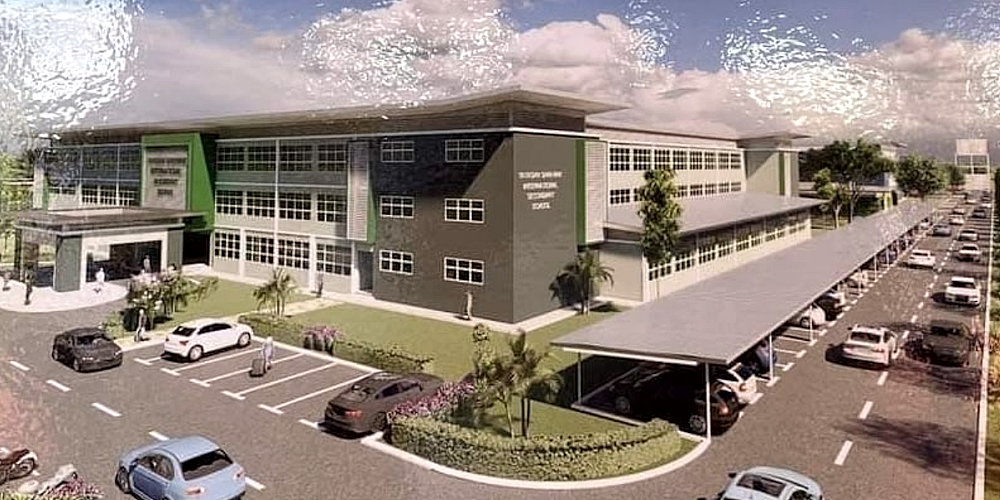
(Prof Dr. Mohd Tajuddin Mohd Rasdi is Professor of Architecture at a local university and his writing reflects his own personal opinion entirely.)
ADVERTISEMENT
ADVERTISEMENT






